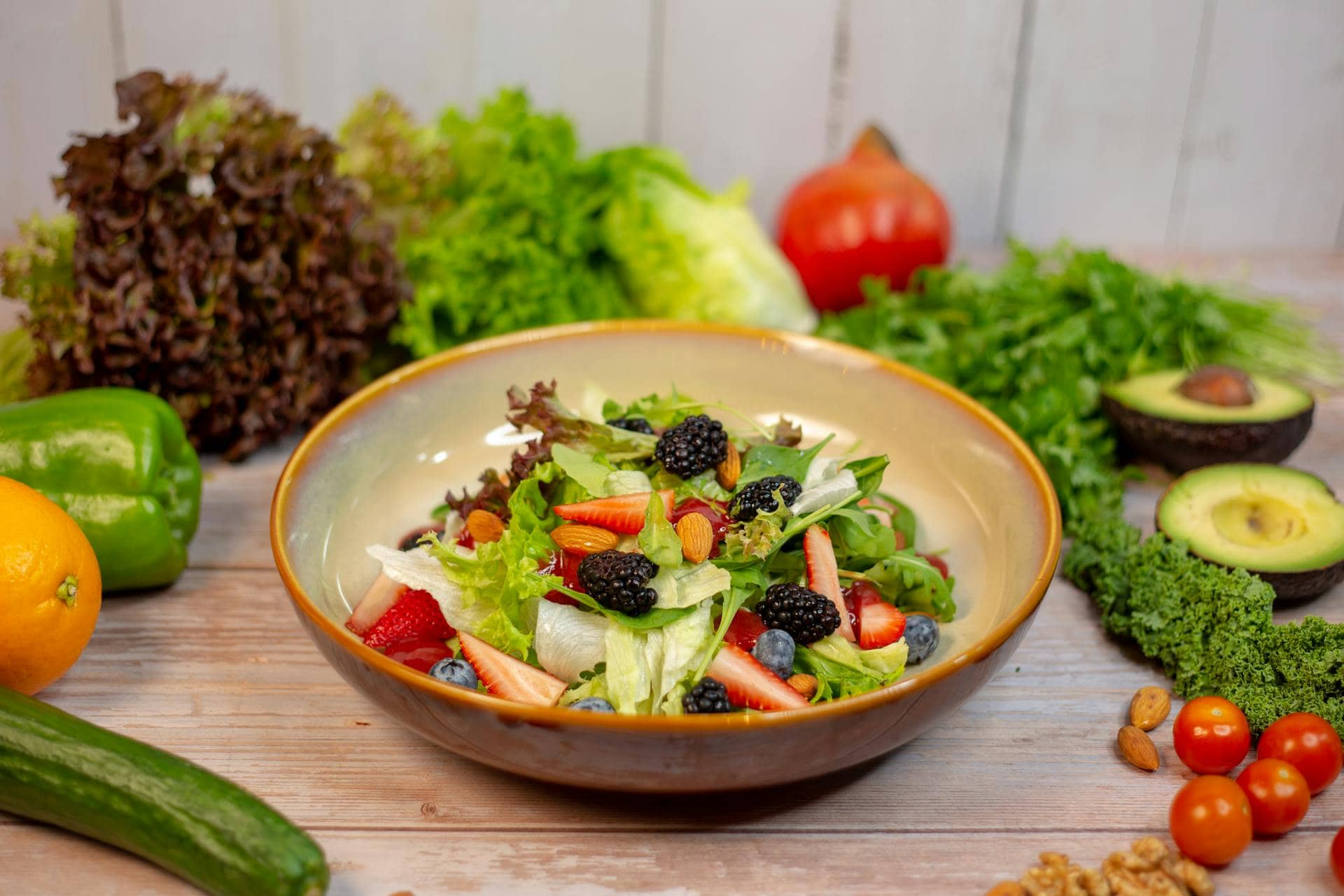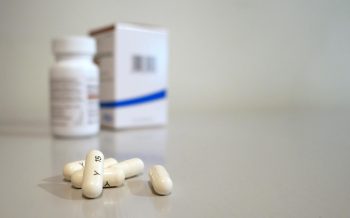Approximately 15% of people in Europe and 13% of Americans suffer from what is known as “food insecurity” (they lack regular access to enough safe and nutritious food for normal growth and development and an active and healthy life). Food insecurity is influenced by both economic (due to the price of food) and social factors. In this sense, it has been observed that, regardless of the economic factor, wealthier households tend to consume healthy meals while those with a lower economic level tend to consume fewer vegetables, fruits or fiber-rich food. This usually results in increases in glucose levels and dyslipidemia (increased triglycerides and cholesterol), which are risk factors for the development of fatty liver.
A work that studied the possible association between food insecurity and fatty liver was published in the journal BioMed Central Research Notes. A total of 275 subjects were included and the presence or absence of fatty liver was determined in all of them. Also, they were exhaustively questioned about their level of food security in the last 12 months. They were asked about their possible concern regarding obtaining food, its quality, quantity and variety, and whether they had been hungry. They found that the prevalence of fatty liver and obesity was significantly higher among subjects who were food insecure compared to those who were not. Sociodemographic factors such as old age, male gender, and marital status were also found to be associated with a higher risk of fatty liver.
In summary, the study confirms the importance of eating a quality diet (consumption of vegetables and fruits) versus the consumption of products with high fat and sugar content, to avoid the development of fatty liver.





